This page outlines the differences between Fire Emblem Warriors: Three Hopes and Fire Emblem: Three Houses.
Overview¶
(1 of 2) In Three Hopes, you fight against numerous foes at once, in real-time combat.
In Three Hopes, you fight against numerous foes at once, in real-time combat. (left), There are some tactical elements though, like ordering allies around. (right)
Fire Emblem Warriors: Three Hopes is a spin-off game set in the same world as Fire Emblem: Three Houses. It takes place during the same time as Three Houses and features an alternate storyline that wouldn’t be out of place in Three Houses.
The main difference between the two games is the gameplay. Whereas Three Houses follows the traditional turn-based strategy gameplay of the mainline Fire Emblem series, Three Hopes is a strictly action-based game where you’ll physically traverse battlefields, taking down thousands of foes in typical Warriors/Musou series fashion.
Key Features¶
New Protagonist¶
(1 of 2) You can play as male or female Shez.
You can play as male or female Shez. (left), Shez is a lot more talkative. (right)
Besides the gameplay, the other big change is who you play as. In Three Houses, you took on the role of Byleth, a silent mercenary who was hired as a professor for the Officer’s Academy. In Three Hopes, you are instead Shez, a mercenary who had the misfortune of running into Byleth in a battlefield and nearly getting killed.
From here, the story diverges from Three Houses, as Shez is the one who gets invited to the Officer’s Academy instead of Byleth, albeit as a student. Meanwhile, Byleth is instead a major antagonist/rival in this game…
Although it might seem alien at first not having Byleth as the protagonist, stepping into Shez’s shoes instead allows you to view Fódlan from a different perspective. Also, Shez is a lot more talkative than Byleth, which makes dialogue with them (including support conversations) a lot more lively. (Silent Byleth had their own charms, of course.)
New Allies and New Faces¶
(1 of 2) Monica will join the Black Eagles.
Monica will join the Black Eagles. (left), Holst will assist the Golden Deer. (right)
If you played Three Houses, there were tons of characters you could befriend, but some of them were sadly out of reach. In Three Hopes, you can look forward to playing as and getting to know the likes of Monica, Rodrigue and Holst. Yes, that Holst, who infamously never showed up due to the most ridiculous of reasons.
Besides that, similar to Holst, many characters only spoken of in the story may pop up in person, such as Count Bergliez (Caspar’s uncle), Count Gloucester (Lorenz’s father) and so forth. For fans of Three Houses’s background lore, Three Hopes loves to treat you.
Another 3 Paths¶
(1 of 2) As compensation (or bribery), Shez can join any of the three houses.
As compensation (or bribery), Shez can join any of the three houses. (left), The war phase begins from Chapter 4, much faster than Three Houses. (right)
There’s a reason it’s called “Three Hopes”. Just like Three Houses, there are three paths that you can follow. Each focusing on one of the three houses within the game: the Black Eagles, Blue Lions and Golden Deer. Again, these paths are extremely different, providing three different perspectives on the same continental-scale war.
OK, we’ll admit, the first half of Three Houses was a bit samey. The characters were different, but the missions were all the same. So you knew what to expect. In Three Hopes, they rush through what was the first half of Three Houses, reaching the war phase (post-timeskip) by Chapter 4.
This has its upsides and downsides. On the plus side, it cuts down a lot of repetition and lets you jump into arguably the best part of the game (when people are fighting for their lives). On the other hand, you don’t get to enjoy the academy days at all. So if you want the definitive Fódlan experience, you really need to play Three Houses beforehand.
Streamlined Mechanics¶
(1 of 2) It’s easier to obtain new classes.
It’s easier to obtain new classes. (left), The game now remembers incorrect answers during repeat questions. (right)
Three Houses, good as it was, had a fair amount of bloat and overly complex mechanics. Three Hopes, being a more action-based game has improved much of the mechanics and added some QoL improvements.
Since you’re not a Professor, you don’t need to create teaching plans every week. Instead, you just hit the Training Grounds. Here, you can train multiple characters in different job classes–and also stack multiple training sessions in one go. You can even spend gold to Level Up characters lagging behind, somewhat akin to Bonus Exp in previous games.
The class progression is also smoother. No longer is it weapon level based, you simply have to master a job class to unlock other ones. Sadly, classes are more restricted now. You can’t use any weapon in any class. Instead, it’s back to how things were before Three Houses, where each class has certain weapon(s) they can use. This does make each class more unique again, though.


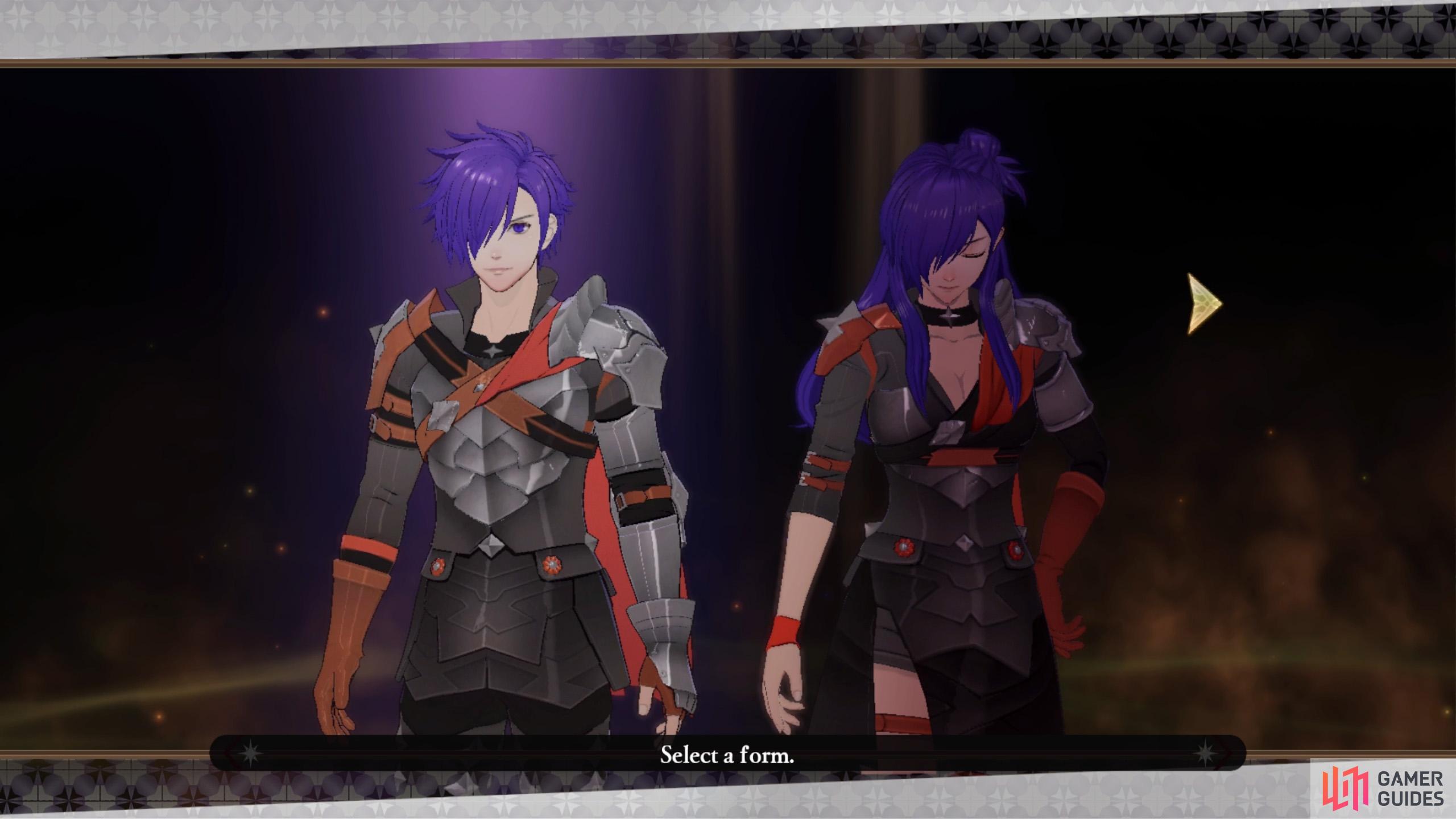
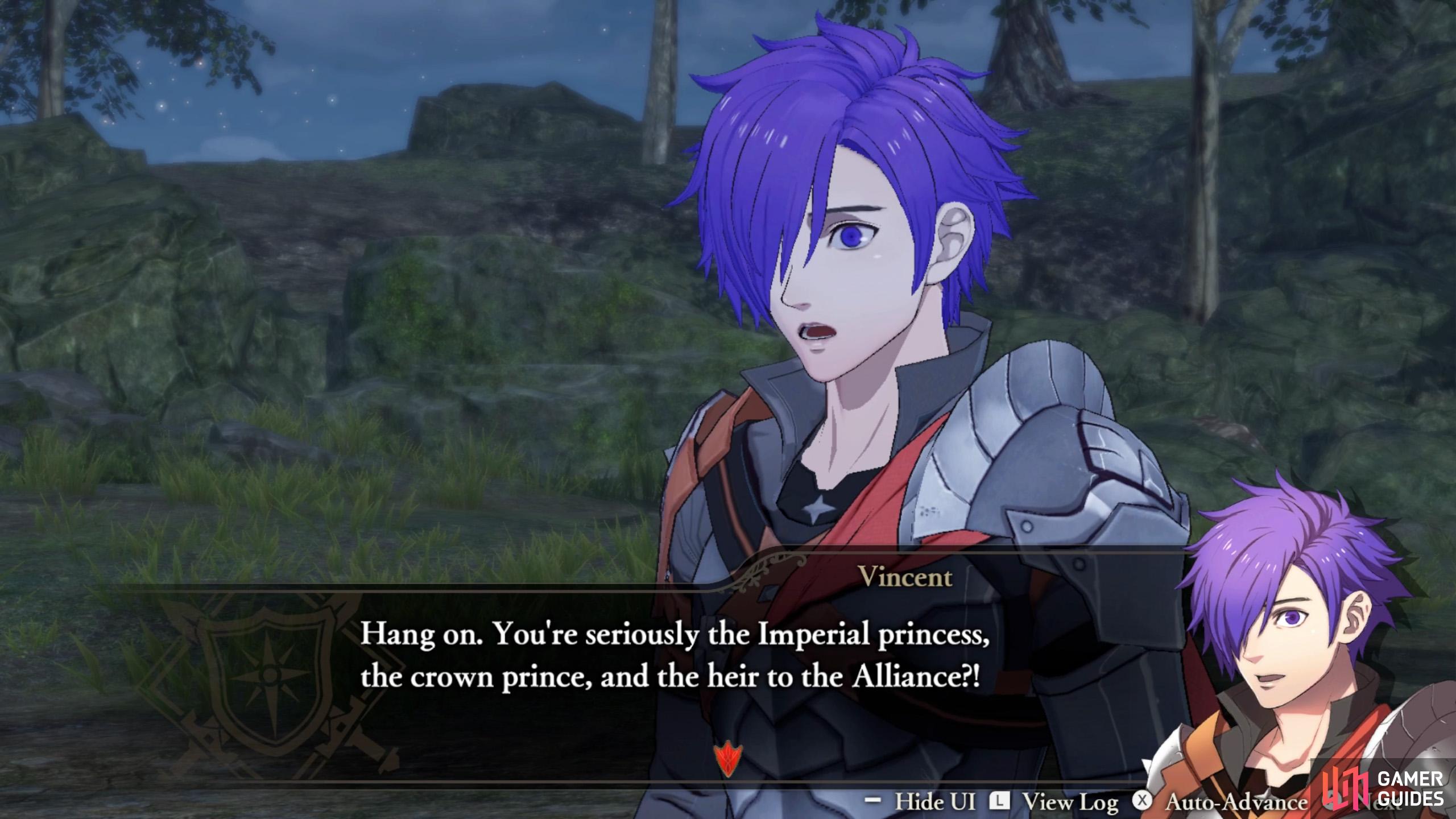

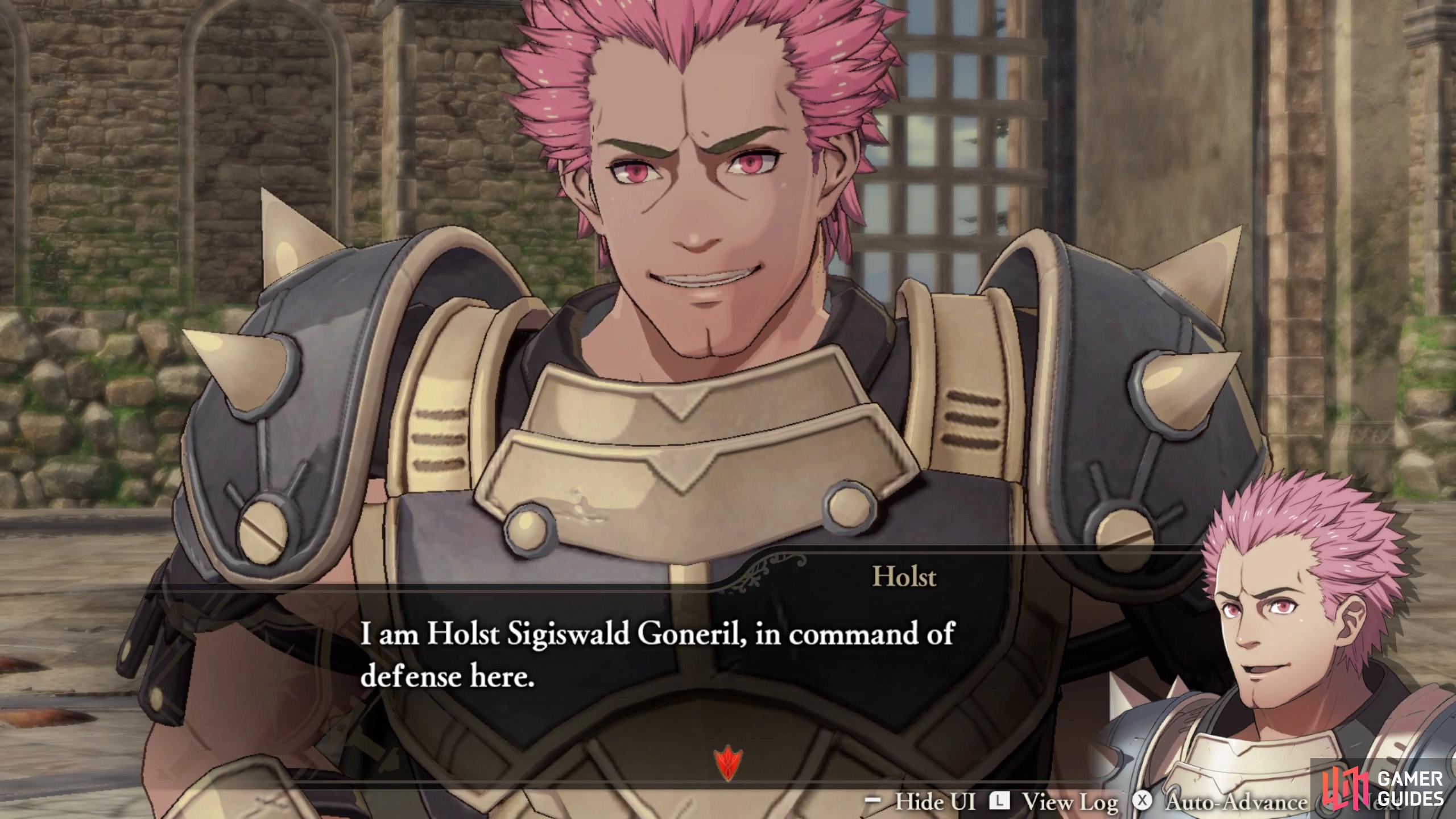
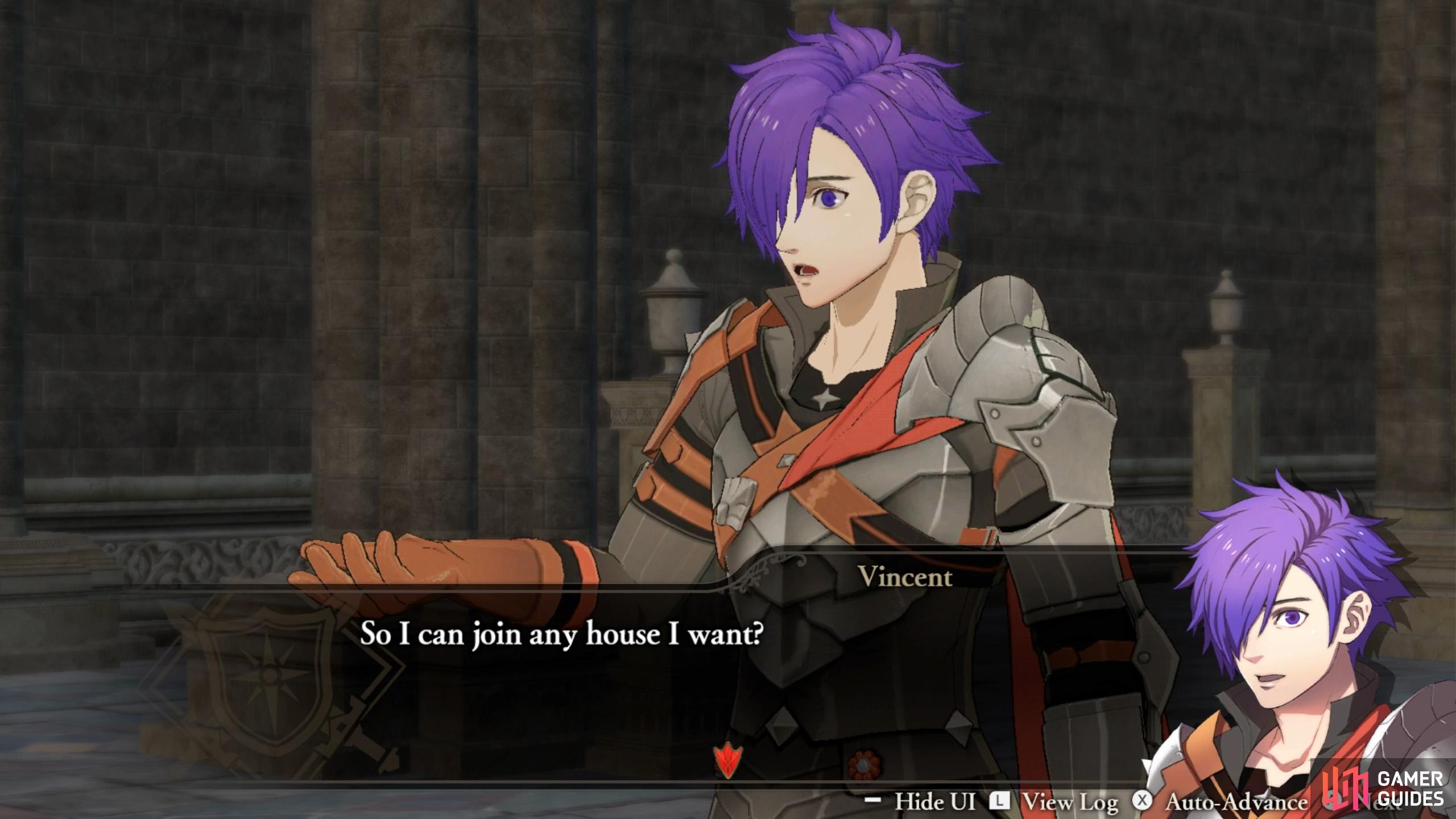


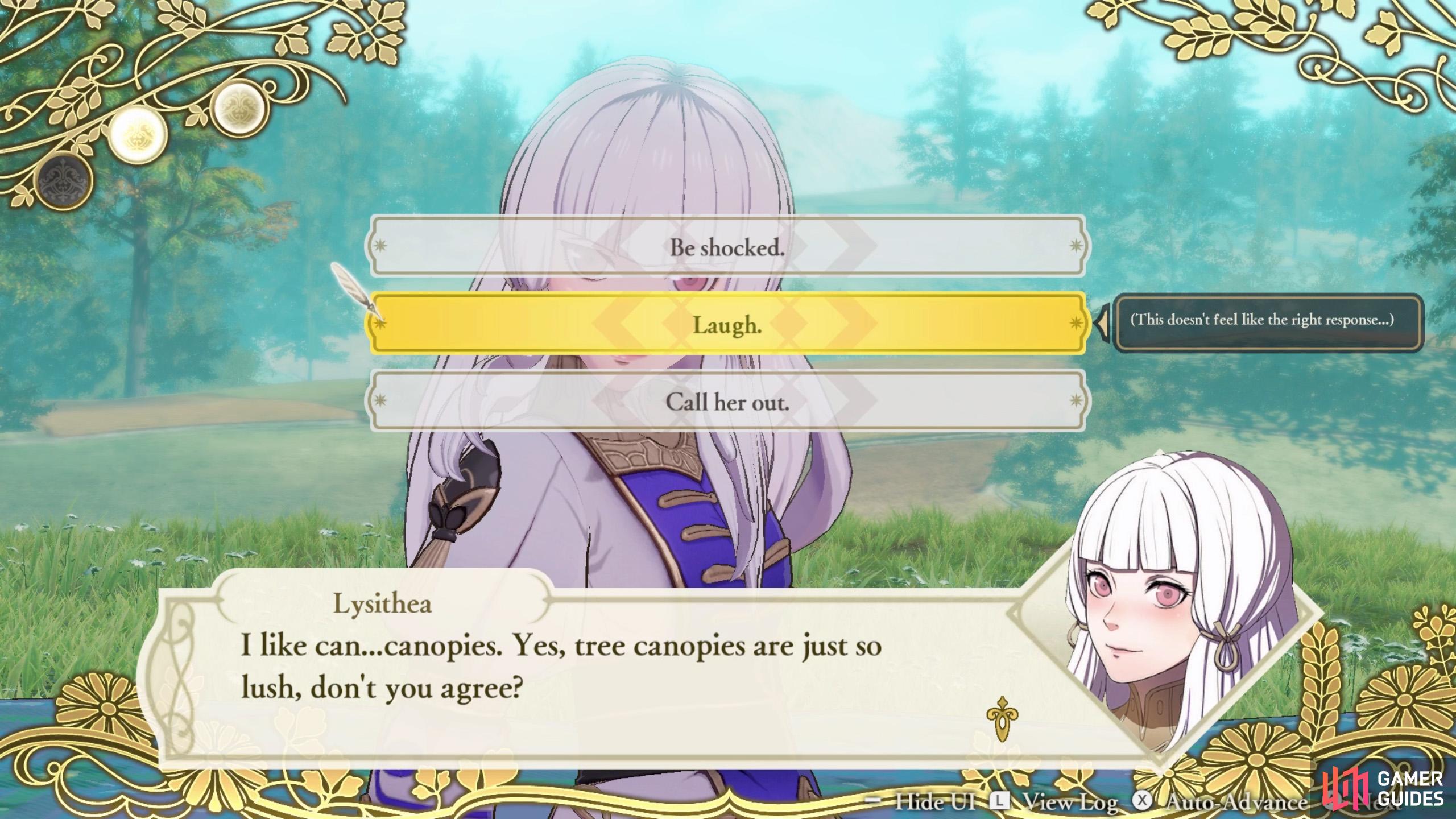

 Sign up
Sign up
No Comments